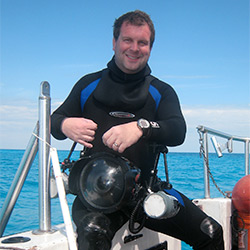 Today’s interview comes from Franklin, Tennessee and features an extraordinarily multi-talented photographer named Matt McGee. Matt is a seasoned photographer with an interest in many areas and styles of photography including landscape, fine art, fashion as well as underwater photography. During this interview, we will showcase Matt’s underwater work, where his photography journey began. Through the natural beauty of the world, Matt finds inspiration for his work with careful observations of wildlife in its natural surroundings. Matt has successfully photographed marine life such as sharks, mantas, and an array of other species of small creatures. Matt’s body of work is quite expansive and his passion and drive for photography speaks for itself.
Today’s interview comes from Franklin, Tennessee and features an extraordinarily multi-talented photographer named Matt McGee. Matt is a seasoned photographer with an interest in many areas and styles of photography including landscape, fine art, fashion as well as underwater photography. During this interview, we will showcase Matt’s underwater work, where his photography journey began. Through the natural beauty of the world, Matt finds inspiration for his work with careful observations of wildlife in its natural surroundings. Matt has successfully photographed marine life such as sharks, mantas, and an array of other species of small creatures. Matt’s body of work is quite expansive and his passion and drive for photography speaks for itself.
Matt, thank you so much for sharing your experiences with us and thank you so much for all of your thoughtful responses. It’s not every day we get a behind the scenes viewpoint of someone with such passion for the natural world.
If you’d like to learn more about Matt’s underwater photography, please visit his website. You can also see more of Matt’s work on his other website and you can follow him on Instagram.
Can you please tell the readers a bit about yourself?
My “real job” is dentistry, and I have been practicing for about 20 years. I’ve been into photography for about 15 years. I’m married with 2 kids, but I can’t seem to get either of them interested in photography.
Where is home?
I live in Franklin, TN which is a suburb of Nashville. I’m not really a fan of country music, but I’m right here at the epicenter of all things that are twangy. Most of my photography is done in locations other than home. There’s only so many abandoned barns I can shoot. I should probably shoot more around here because there’s a lot of pretty mountains, fields, rivers, etc. I think that since I live here, I can shoot it anytime, and I’ll get around to it one day.
What inspired you to be a photographer?
I bought a nice camera to use at my office, and started taking it home to just play around. I started noticing that some of my images were kinda good. It just grew from there. I started looking online for examples of good photography, and wanted to learn how to take those types of images. I would see a beautiful image, and would be really impressed, or couldn’t stop looking at it, and I wanted to be able to create images like that so people could see the world the way I do, and make them feel like that.
From looking through your portfolio on your site, I can see that you are interested in a variety of photography styles. Of the styles you have explored, which has been your favorite and why?
That’s difficult to answer. It’s almost like trying to tell which one of your kids is your favorite. That’s one of the things about photography that’s so great; there are so many different styles. If I had to pick one, I would probably say underwater because you get to enter a part of the world where we aren’t meant to live. Every time I dive, I think “I’m not supposed to be able to stay underwater this long”, and that’s really cool. Then you get to interact with animals. Having a shark or a giant manta ray come within inches of you, or actually bump into you is such an amazing experience. Where else in the world can you have a wild animal that weighs several hundred pounds come right up to you and lock eyes with you. There’s a connection there that I can’t describe. I’m very lucky to have had these encounters, and share them with the world.
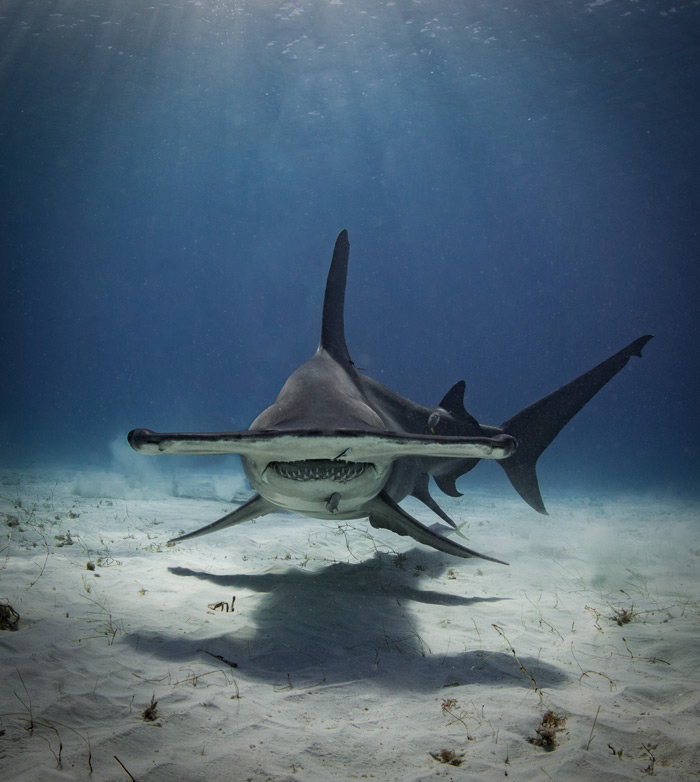
Locations and weather conditions seem to be a crucial aspect of a successful picture. How do you handle these unpredictable factors?
First off, you have to have the proper gear to deal with bad conditions. I’ve done a lot of photography in Iceland, and the weather there is terrible. And it changes quickly, so you need to be prepared for snow, or sleet, or rain, or high winds. The other thing is having a good guide. Whether it’s hiking gin the highlands of Iceland, or scuba diving (especially while diving), a good guide can make or break you shoot. While some locations or animals can be easy to find and shoot, if you want something more unique, you have to know where to find it. My guides while diving in Indonesia have helped me find all those little critters I want to photograph. I’d ask for a particular animal to photograph, and they knew where to go look for them. If I want to photograph a certain canyon or waterfall in Iceland, you have to know who to ask to get you there.
Do you prefer studio work or photography on location?
Location. No question. I mean, I’ve got the equipment to set up a studio in my garage, but to me it’s just not as fun. Maybe I haven’t found the right project yet. It’s hard to beat the feeling of standing in front of a beautiful place, and creating an image. Even if your wet and cold, it’s being able to share a beautiful part of our planet with people.
What is your favorite part of heading out for a photo shoot?
The anticipation. I generally do a lot of study before I go on a shoot. I’ve watched lots of videos about a location, or a particular animal. I’ve looked at other people’s images. I’ve read articles. So when I finally arrive at a location, it’s like I’m walking into a final exam. I don’t know exactly what’s going to happen, but this is my time to shine and show what I can do with a certain subject. This is especially true when diving. On the boat ride out to a spot, I’m thinking about what animals I might encounter. How can I capture their essence, and create an image that can connect with a viewer. When you’re at the surface, you literally have no idea what’s below the surface, so when you back roll into the water and look down, it’s almost always a surprise. The problem is that you only have so much air, so the clock is ticking, and you’ve got to do your thing quickly.
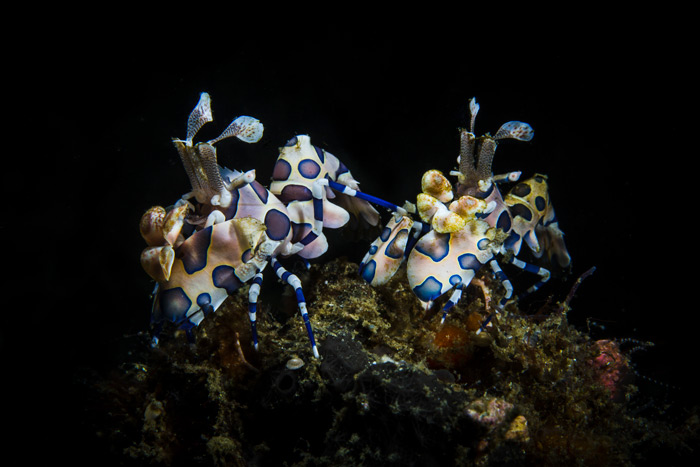
What has been your most memorable shoot and why?
2 shoots. One was a dive site a Cocos Island, Costa Rica. We descended as a group to about 90 feet. after we settled in, a massive school of scalloped hammerhead sharks moved in above and all around us. It was one of the most memorable moments in my life. The second was photographing the aurora borealis at Vestrahorn mountain on the east coast of Iceland. It was one of those times where you just had to sit back a watch what was happening before your eyes.
How do you keep yourself motivated and your photography fresh?
I think I go through phases of motivation. Sometimes I’m really excited about new projects, and other times I don’t shoot for long periods of time. For me, I have to step away from photography from time to time, and then come back with a fresh attitude. Too much of something begins to wear on me. I think that’s why I moved away from underwater photography, and started shooting landscapes.
Who or what inspires you in your personal life and work?
I guess just the creative process. I like coming up with a concept, and then learning how to make it reality.
What’s the best part of being a photographer?
Putting a frame around a part of our world so that a person viewing the image can stop and appreciate the beauty of that small part of our world. It’s also pretty special when you look at the screen on the back of your camera, and KNOW that you just captured something special.
What is your favorite and least favorite part of being a photographer?
I think my favorite part is seeing people’s reactions to my images. It always amazes me that people will really connect with an image that I don’t particularly care for, and at the same time they are unimpressed by an image that I love. My least favorite part is having one chance to make something special, and failing. Or at least not getting something you can use.
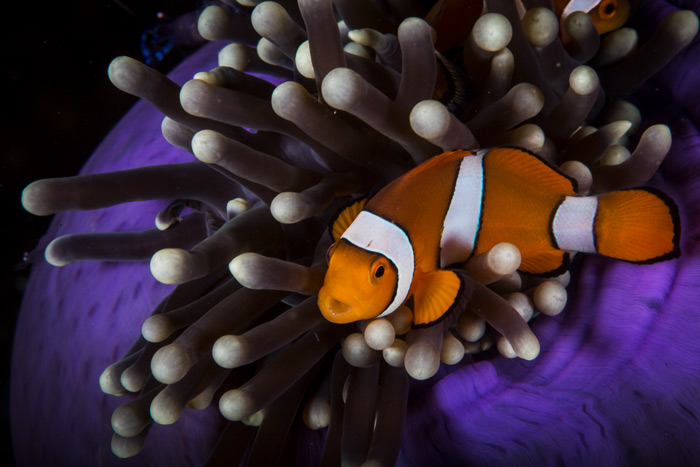
What do you hope viewers take away from your images?
I hope they take away an appreciation of the beauty of our world, and realize that it is worth protecting.

What is one piece of advice you would like to offer a new photographer just starting out?
Hang in there. It takes a long time to get to a place where you feel like you’re creating quality images. The nice thing is that there is so much free instruction and inspiration out there online.
What type of camera(s) do you shoot with? What is your favorite lens?
Most of my images are shot with a Canon 5D mark 2 or 3. My favorite lens for landscape photography is the Canon 16-35mm 2.8L. Wide angle underwater is my Sigma 15mm fisheye. Macro underwater is the Canon 100mm 2.8L. I’m at a point that I really don’t buy lenses much anymore. I just rent them. It gets expensive to have a bunch of high-quality primes on hand, so I just rent. I’ve found that a high-quality lens can make a big difference.
What is in your camera bag?
ND filters. Batteries. CF cards. A plastic cover. Peanut butter crackers. I’m often hiking to a location, so I try to travel light. I also have some sort of tripod, but it doesn’t fit in the bag.
What is your favorite photography accessory?
Drones. I love those things. In fact, lately, I’ve been more into drone photography for landscapes. There’s a lot of restrictions for flying in the USA, but I’ve done some great work in Iceland and the Faroe Islands. I love the aerial perspective you can get with a drone. It’s just a whole new way of doing things, and I love it.
What piece of equipment would you most like to get but don’t have yet?
There’s always new gear coming out, so I can usually find some new toy. Mirrorless cameras seem to be quite popular lately, but I haven’t made the switch yet. I really think I would like to get an old Roliflex medium format and go old school. I don’t know how to work in a dark room so that’s what’s holding me up.
How important is Photoshop or other image editing software in your final images?
I primarily work in Lightroom, and don’t use Photoshop unless I want to remove something like a power line, or scuba bubbles. I’ve toyed around with the idea of some surreal photography. Look up Brooke Shaden, she is amazing. That type of work would be all PS. But for me, LR does most of what I want. I play around with the RGB curves, and experiment with the sliders in hue, saturation, and luminance.
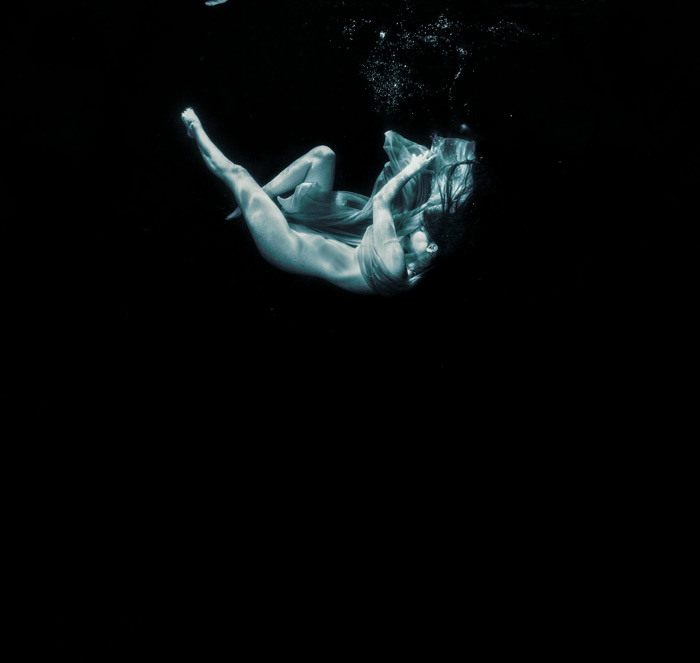
Was there a point in your journey when you started to feel really good about your work? If so, what did it feel like to get past that “tipping point?”
I think when I started shooting in manual mode all the time was when I started to feel good about my work. It felt like I was taking total control over what I was doing, and allowed me to try different things. I also felt more independent. I wasn’t asking for guidance from other people as much, and I felt like I knew what was going on.
What do you think the future holds for you? Where do you see yourself in the next few years?
Who knows. My next project in a shoot in the backcountry of Greenland. Beyond that, I have no idea. At some point, I might like to run small group tours to out of the way locations in Iceland. Maybe I’ll publish a book.
Do you see yourself as a photographer many years down the road?
Probably, but I never would have guessed that I would be doing this, so maybe there’s some other interest out there that I haven’t discovered yet that will consume my time. The other thing is that the technology is getting so good, that pretty much anyone with a smartphone can take an okay image. The art and talent are figuring less and less into the equation. I also think stills from video may be the future. For me, I try not to turn this into a job, because I want to only shoot what I want, and not what someone else wants. I’ve been asked to do weddings and senior portraits, but have turned them all down. As long as I can keep it fun, I’ll do it.
Leave a Reply